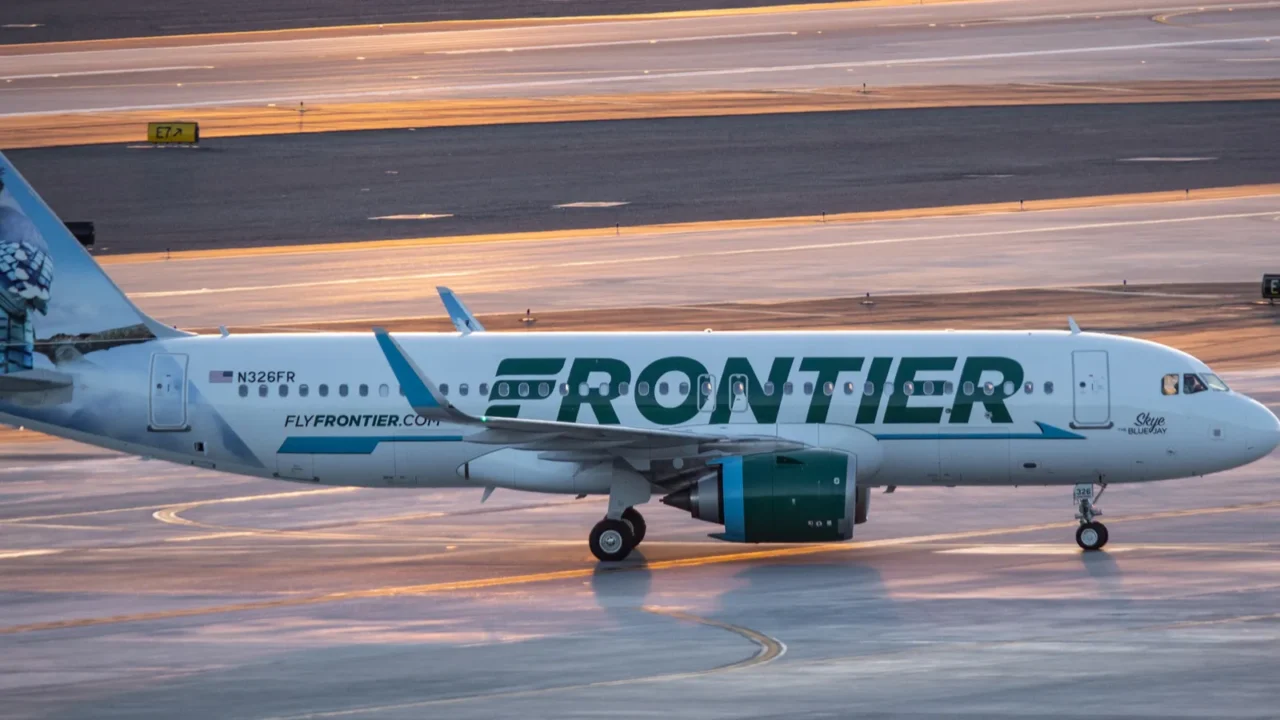
Frontier’s warning
Frontier Airlines CEO Barry L. Biffle has sounded the alarm: U.S. travelers should expect fewer domestic flights in the near future. During the company’s Q2 2025 earnings call, he predicted ongoing “reductions in capacity” across the airline industry.
His reasoning? Many domestic routes are unprofitable due to too much supply and not enough demand. This means Frontier and other carriers will likely cut flights, especially on low-demand routes or off-peak days.

The numbers behind the news
In Q2 2025, Frontier reported $929 million in revenue but still recorded a $70 million net loss. While the loss was within expectations, it highlights the financial strain on ultra-low-cost carriers.
Frontier’s cost per available seat mile (CASM) rose to 9.73 cents, while revenue per available seat mile (RASM) dipped to 9.01 cents. These metrics matter because even a small gap can translate into millions in losses for airlines operating thousands of flights each month.
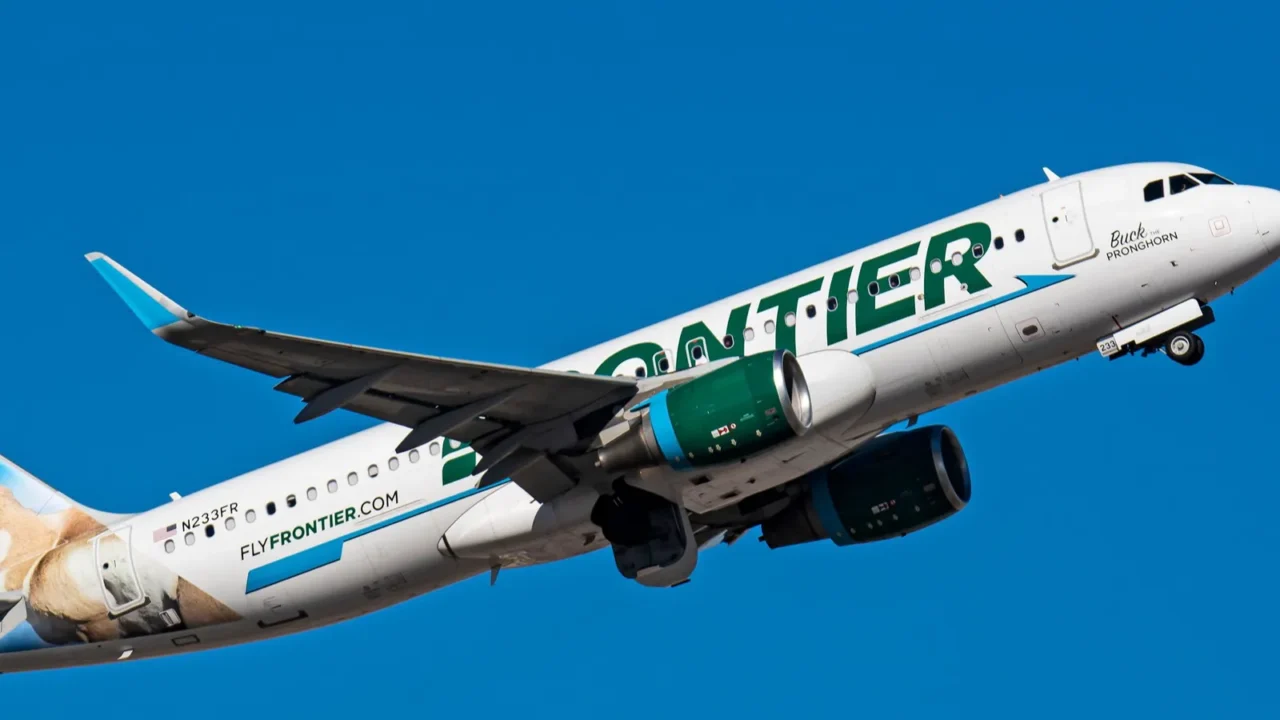
Why domestic routes are struggling
Frontier’s CEO points to an industry-wide issue: many domestic routes simply don’t make money. Popular holiday and peak-season flights may be profitable, but quieter travel days often leave planes flying half-empty.
Without strong demand, airlines can’t cover operating costs, especially with rising fuel prices, labor expenses, and airport fees. This overcapacity problem has worsened as carriers expanded aggressively after the pandemic rebound.

Weather and air traffic delays add pressure
While demand issues are central, operational challenges have also hurt Frontier’s bottom line. In Q2, severe weather events and air traffic control (ATC) delays disrupted schedules, increasing costs and frustrating passengers.
Each delay means higher expenses for fuel, crew, and compensation, while also straining customer satisfaction. ATC staffing shortages remain a nationwide problem, especially during peak travel periods.
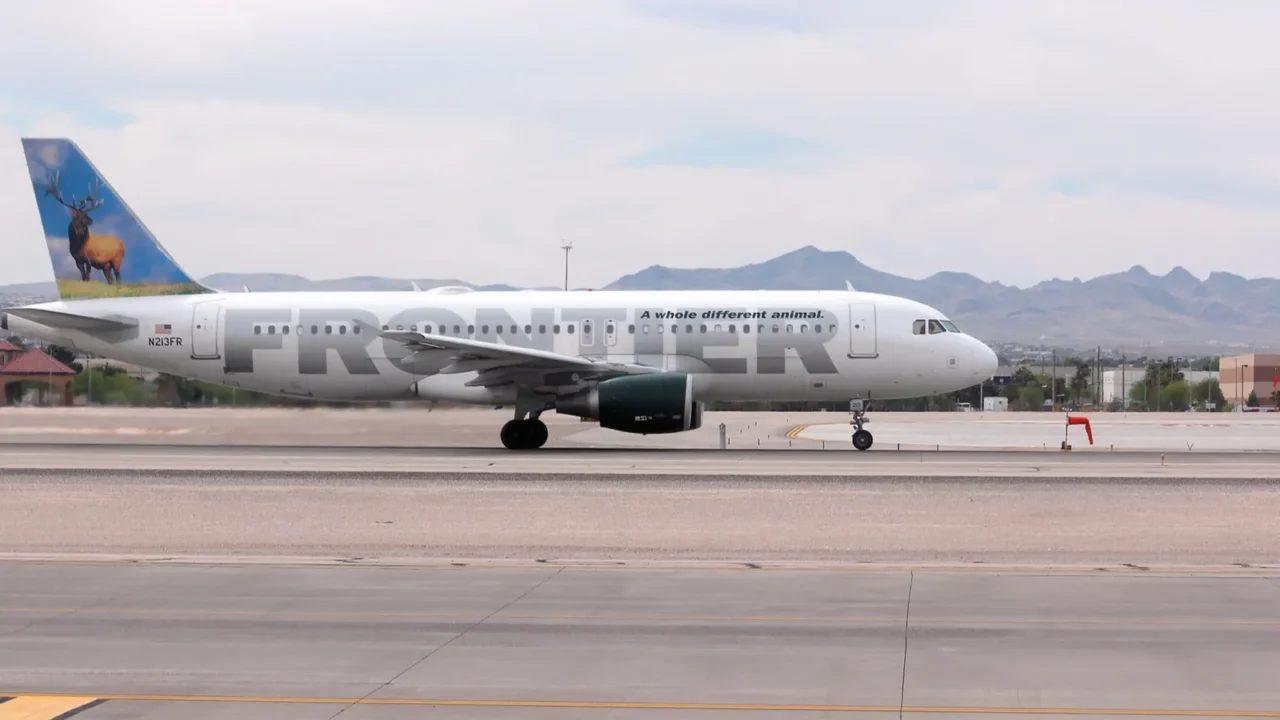
A modern fleet advantage
One area where Frontier is better positioned than some competitors is fleet efficiency. The airline operates many fuel-efficient Airbus A320neo and A321neo aircraft, which burn less fuel per seat compared to older planes.
In Q2, Frontier took delivery of three new A321neos, allowing it to lower operating costs on certain routes. These aircraft can also fly longer distances, giving Frontier more flexibility in route planning.

New routes despite challenges
Interestingly, even as Frontier warns of capacity reductions, it has been adding new services. In 2025, the airline launched 35 new routes, particularly targeting Eastern and Midwestern U.S. markets.
Instead of pulling back entirely, Frontier is reallocating resources to cities and flight schedules with higher profit potential. This targeted growth could help offset cuts elsewhere.
Travelers in these regions may see more flight options even as less profitable connections in other parts of the country disappear.
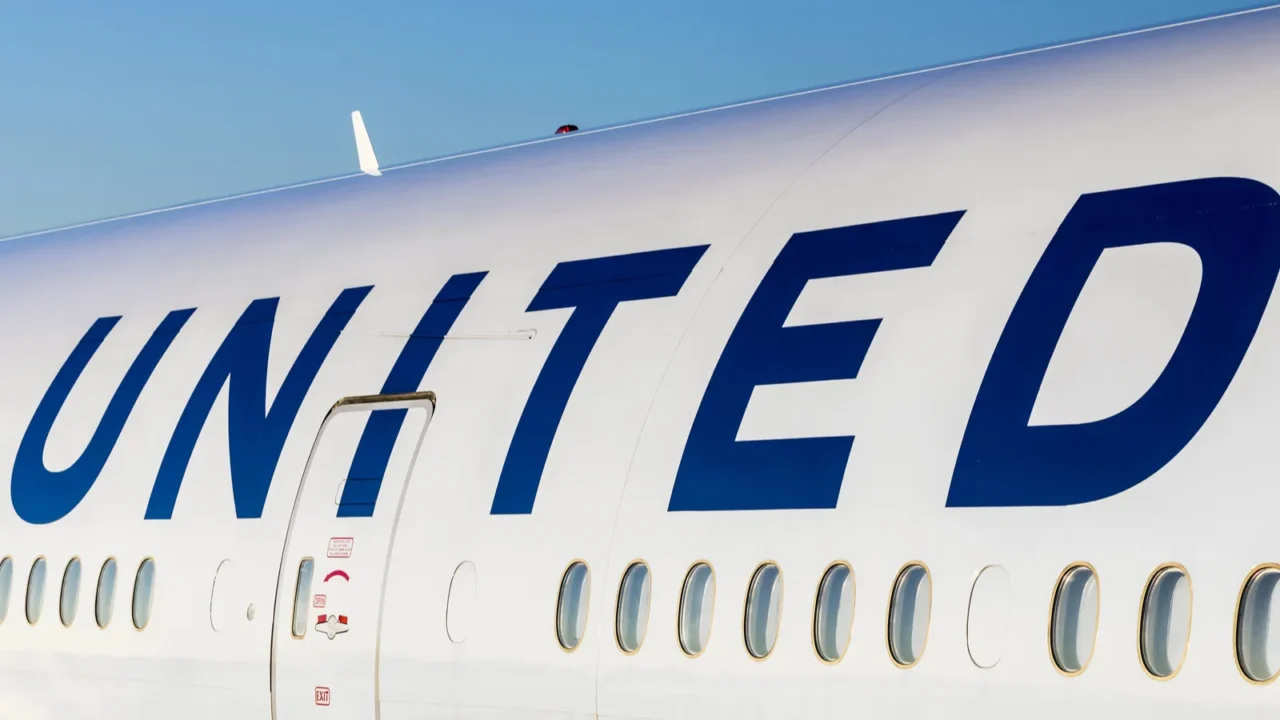
United Airlines sounds the same alarm
Frontier’s warning isn’t an isolated view. United Airlines CEO Scott Kirby recently stated that a “double-digit percentage” of U.S. domestic routes lose money.
He predicts airlines will eventually be forced to drop many of these unprofitable flights. Kirby’s comments suggest the problem is systemic, not just a low-cost carrier issue.
As more CEOs publicly acknowledge the need for cuts, passengers should expect the trend toward reduced domestic capacity to accelerate.

Spirit and other discounters trim services
Spirit Airlines, another major U.S. budget carrier, has already started cutting less profitable routes. Like Frontier, Spirit faces the challenge of balancing ultra-low fares with rising costs and uneven demand.
Other smaller discounters are also scaling back, signaling a retreat from the aggressive expansion that followed the pandemic recovery.

Global industry profit outlook for 2025
The International Air Transport Association (IATA) projects global airline net profits will reach $36 billion in 2025, an improvement from 2024 but still below earlier forecasts.
IATA’s downgrade reflects trade tensions and supply chain bottlenecks, with 2025 net profit now forecast at $36 billion. While international travel demand remains strong, domestic networks in many countries face similar overcapacity challenges to the U.S.

U.S. airline financial health in 2025
Beyond Frontier, several major U.S. airlines are experiencing mixed financial results this year. American Airlines has been hit by reduced domestic demand and is forecasting either a modest profit or slight loss for 2025, depending on economic conditions.
Southwest, traditionally resilient, is facing cost pressures from labor contracts and fuel. Delta remains stronger due to its premium cabin and international focus but is still affected by weather and ATC delays.

Airline bankruptcies in 2025
Financial strain is pushing some airlines worldwide into bankruptcy or restructuring. In the U.S., Silver Airways filed for Chapter 11 on December 30, 2024, and ceased operations on June 11, 2025, citing high debt and operating costs. Internationally, Brazil’s Azul filed for Chapter 11 on May 28, 2025, securing about $1.6 billion in DIP financing and targeting over $2 billion in debt reduction while continuing operations.
These cases highlight how even established airlines are vulnerable to shifts in demand, cost spikes, and financial missteps.
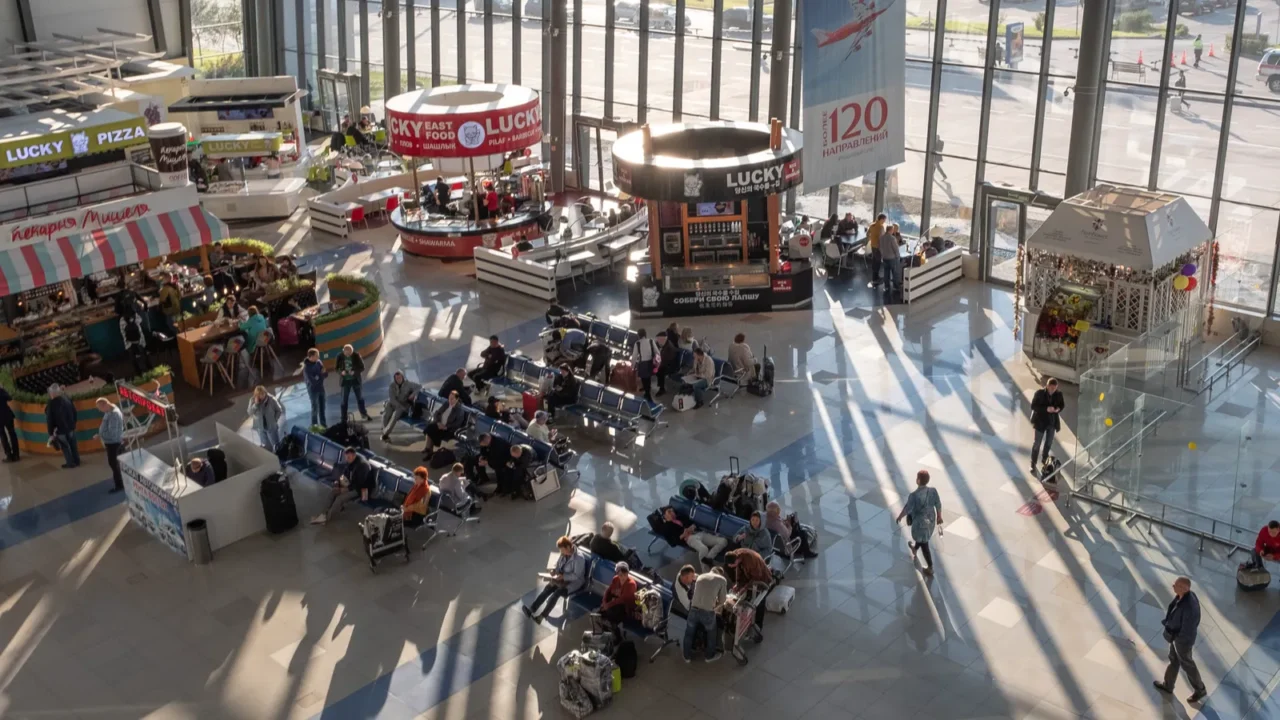
How capacity cuts affect travelers
For passengers, fewer flights mean fewer choices, especially outside peak seasons. If you’re used to booking early morning or late-night departures, you might find them gone.
Less frequent flights can also mean longer layovers, less flexibility in trip planning, and higher fares on the remaining services.

Why prices could rise
Airlines cutting flights doesn’t just reduce convenience, it often pushes prices up. With fewer seats available, competition decreases, and supply-demand economics kick in.
Even budget carriers may charge more per ticket to maintain profitability. While flash sales and promotions will still exist, they may be rarer and more limited in scope.
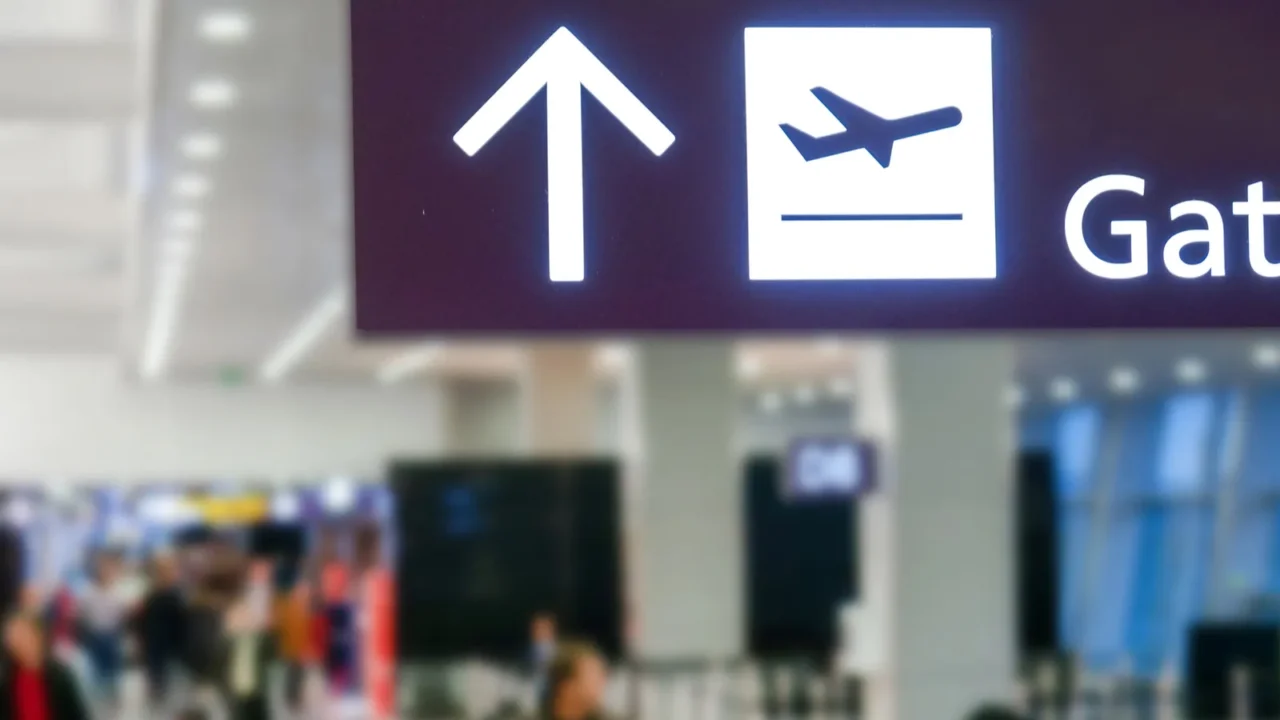
What this means for smaller airports
Smaller regional airports are likely to be hit hardest by route cuts. Airlines tend to prioritize high-demand hubs where planes can be filled more easily and profit margins are higher. This could mean losing direct connections to major cities, forcing passengers to connect through larger, busier airports.
In the long term, reduced service could impact local economies and tourism in smaller markets.

How travelers can adapt
If domestic flight options shrink, travelers can stay ahead by adjusting habits. Book trips earlier, especially for peak times. Use fare alerts to track prices and grab deals quickly.
Consider nearby airports or alternative transportation, like trains, for shorter trips. Joining airline loyalty programs can also help secure better rates or more flexible booking options. Also, check out the best times to book flights (and when not to).
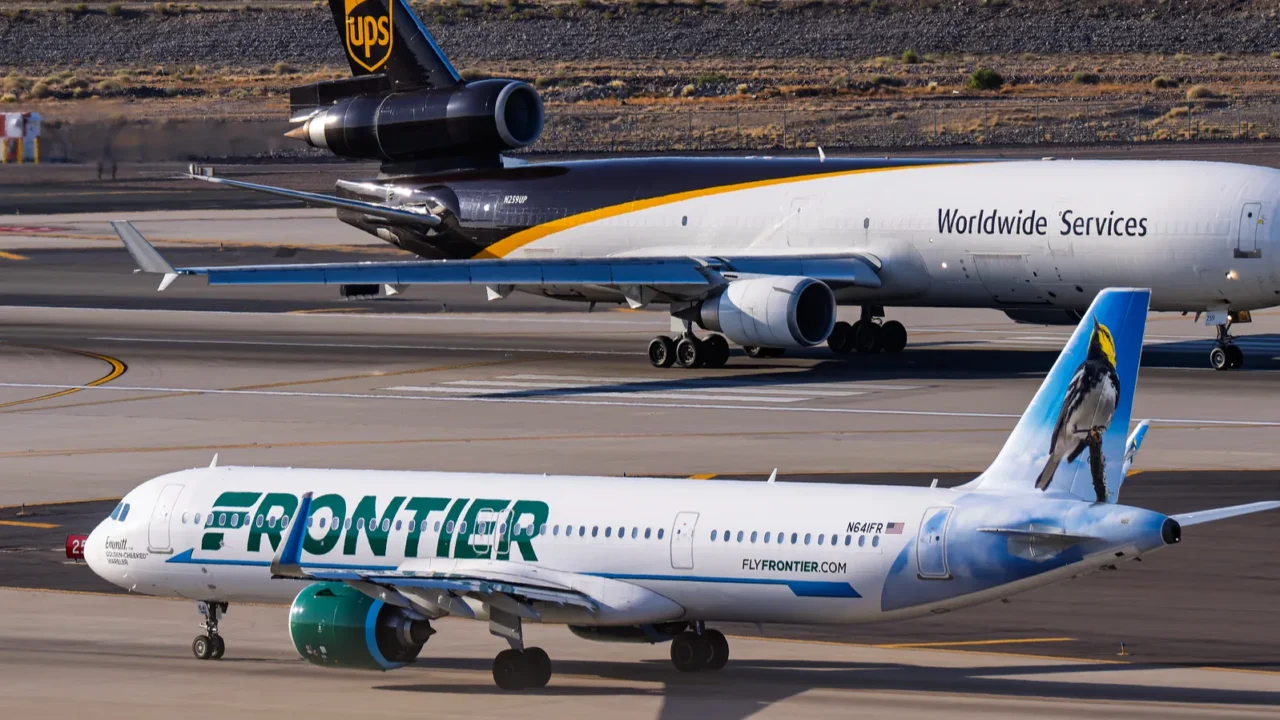
Frontier’s path forward
Despite current losses, Frontier is aiming for profitability in 2026. The airline’s strategy focuses on fleet efficiency, selective route expansion, and a better supply-demand balance.
If successful, it could emerge leaner and more financially stable. However, that will depend on external factors like fuel prices, economic stability, and industry-wide capacity decisions. Could this be enough to turn things around, or is U.S. air travel facing a deeper problem? Find out in 10,000+ flights disrupted, is U.S. Air Travel in crisis?
What flight cuts have you already experienced in your city this year? Share your story in the comments.
Read More from This Brand:
- Secrets Inside Mississippi’s Legendary Museum
- Utah’s Viral Desert Art Holds a Powerful Backstory
- Brazilians Are Transforming These Louisiana Towns
Don’t forget to follow us for more exclusive content right here on MSN.
This slideshow was made with AI assistance and human editing.